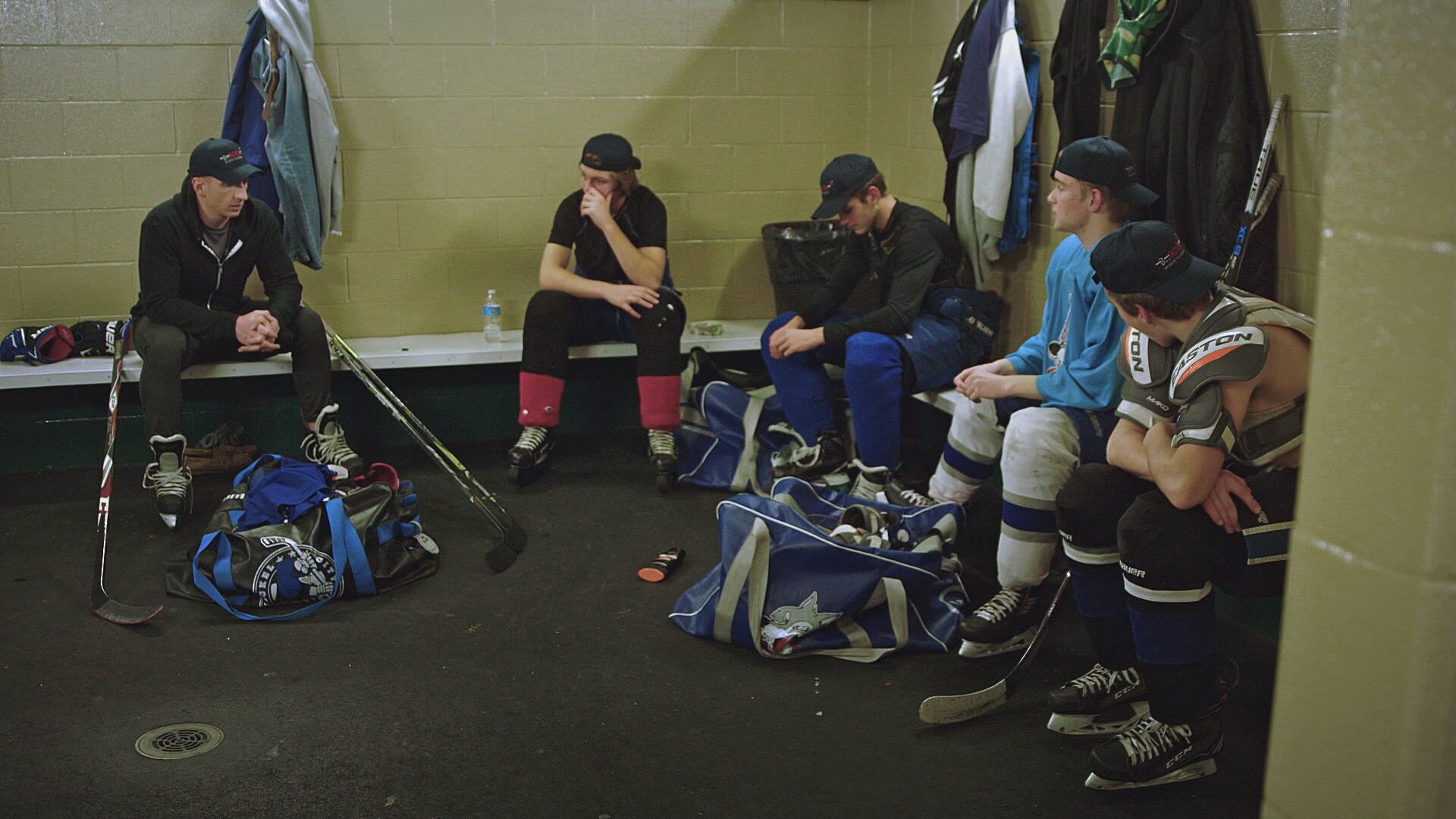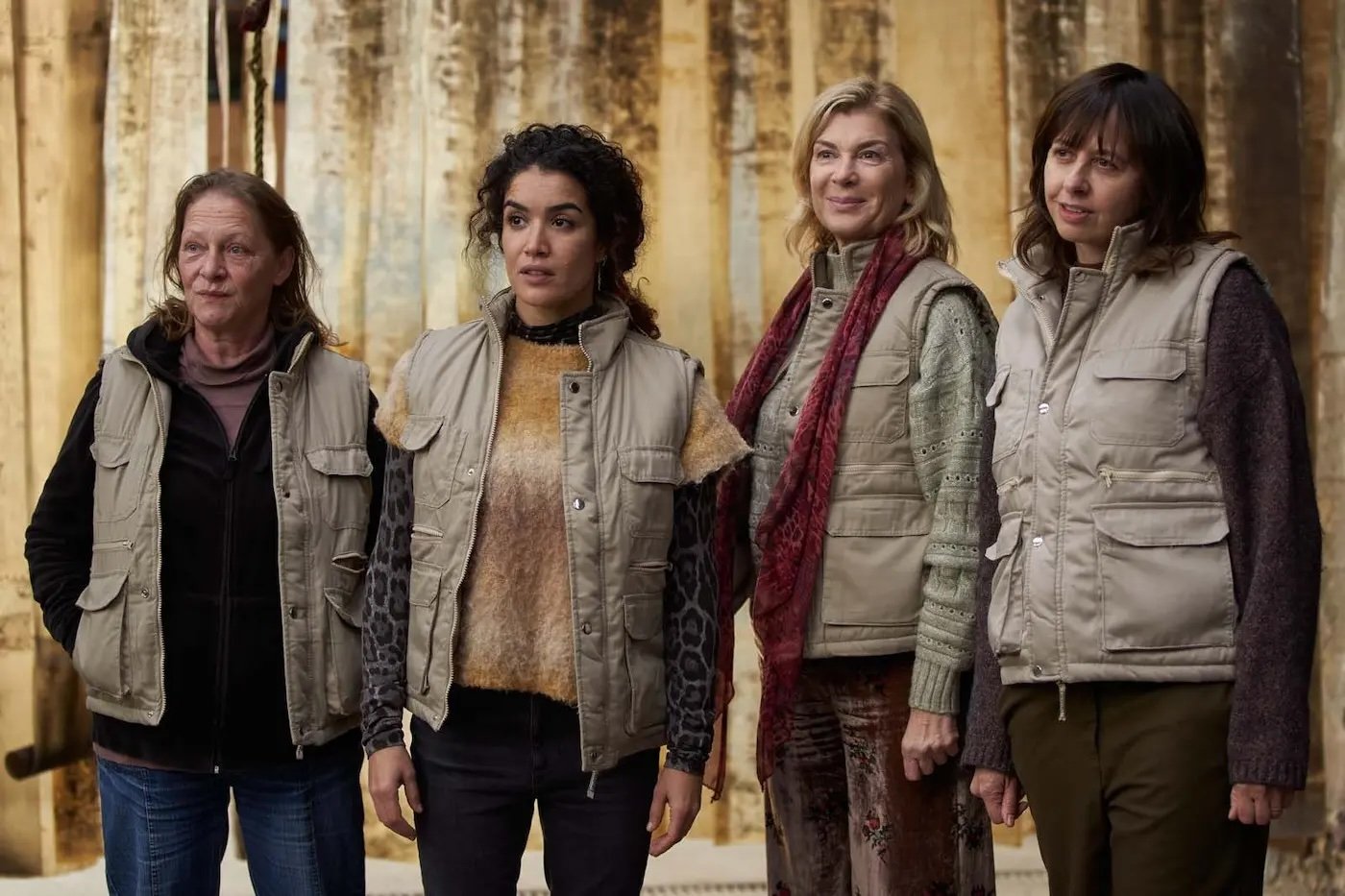Vancouver director Paul Emile d’Entremont lifts the veil on homophobia in sports
Documentary Standing on the Line (Franchir la ligne) looks at the code of silence around coming out at Rendez-Vous French Film Festival
D’Entremont felt it was important to look at youth sport as well as the professional realm.
Director Paul-Emile D’Entremont
Standing on the line (Franchir la ligne) screens for free at the Rendez-Vous French Film Festival until February 14
VANCOUVER-BASED DIRECTOR Paul Emile d’Entremont is only half-joking when he says that his engaging new documentary Standing the Line/ (Franchir la ligne) is his way of facing up to the bullies from his high-school years.
The NFB film, streaming at this year’s Rendez-Vous French Film Festival in part of its Acadian-focused prorgramming, is about homophobia and the difficulties of being gay in professional and amateur sports. Five years in the making, it tells the stories of everyone from Canadian hockey and soccer players to speed skaters, and travels to a New Brunswick secondary school that’s trying to be be more welcoming to LGBTQ2SIA+ athletes.
“I’m in my 50s and I grew up in a very, very small Nova Scotia town that was very conservative,” the affable Acadian director, whose other documentaries include 2012’s Last Chance, tells Stir over the phone. “And a lot of gay men have experienced this: when you grow up and you’re bullied, the ones who bully you, it’s usually the jocks.”
D’Entremont was not athletic, which made his foray into the world of professional sports that much more illuminating. In the film, he introduces us to speed skater Anastasia Bucsis, who competed in the Sochi Winter Olympics; former Montreal Impact and Vancouver White Caps player David Testo; hockey names like Brock McGillis; and more.
The athletes talk candidly not only about the painful struggles of being gay and coming out in a prejudiced and often hyper-masculine environment, but of working through that anguish and coming out the other side.
D’Entremont says he knew he couldn’t just tell the stories of pro athletes but would have to go back to high-school corridors and locker rooms for the full picture. A big part of the film focuses on New Brunswick’s École L'Odyssée and its progressive Indigo program, run with the Gay Straight Alliance to make the student culture more inclusive, in and outside of sports.
“First, as a gay man myself, I know that coming out in adolescence is just so painful,” he says. “I also didn’t want to show just pain and misery. I wanted to show that there are other ways.”
D’Entremont says he took months to convince Testo, the first North American pro soccer player to come out (post-retirement), to return to his North Carolina roots. In some of the film’s most moving scenes, he talks with his mother about her denial when he told her he was gay. You can feel his agony, even decades later and after a long, celebrated career, returning to his old high-school locker room. Like so many others in the film, he threw himself into training to escape. Today, he’s found some peace teaching yoga.
McGillis, a former OHL goalie who now coaches and works as an educator, is at the centre of one of Standing on the Line’s most memorable scenes.Speaking to a locker room full of players for the Quebec Major Junior League’s Saint John Sea Dogs, he asks them to raise their hands if they’ve ever used a homophobic slur. When no one responds, he prods them again, promising no judgment, and the room slowly fills with hands. McGillis then makes a convincing argument that just changing their language is a huge step toward making the environment more inclusive.
D’Entremont says another moment from the same shoot that didn’t make it into the film was when McGillis asked how many of the players had never met someone who’s gay. The fact so many of them raised their hands speaks to the insulated environment of high-level sports, D’Entremont points out. “These hockey players at that elite level live in their own world—this heterosexual elite,” he says.
D’Entremont is hard-pressed to tag a sport that is better or worse for welcoming queer players. In the year or more since his documentary started showing at fests across the country, he’s watched more and more players come out in different leagues. Still, you’d be hard-pressed to find an active openly gay player in the NBA, NFL, MLB, or NHL.
It’s clear, despite the work of Brian Burke and his late son Brendan (who came out in 2009 and whose tragic death in 2010 sparked the You Can Play program, dedicated to the eradication of homophobia in sports), our national hockey league clearly still has a way to go.
“What a lot of people said to me doing the documentary was, ‘Wouldn’t it be great if a really big star came out?’” says D’Entremont. “When you look at the the NHL, and all the current and former players, how many men that is—thousands. And not one has come out.”
Still, D’Entremont remains optimistic that things may slowly be beginning to change. And his documentary is already playing a part in that.
“I’m very excited that the film is being taught at schools in New Brunswick,” he says. “I’m hoping that the film is a start of a conversation. Maybe I’m being too optimistic, but I keep thinking there may be a coach out there that takes this seriously and shows the film.
“You don’t even have to talk about it,” he encourages. “Just show it.”














